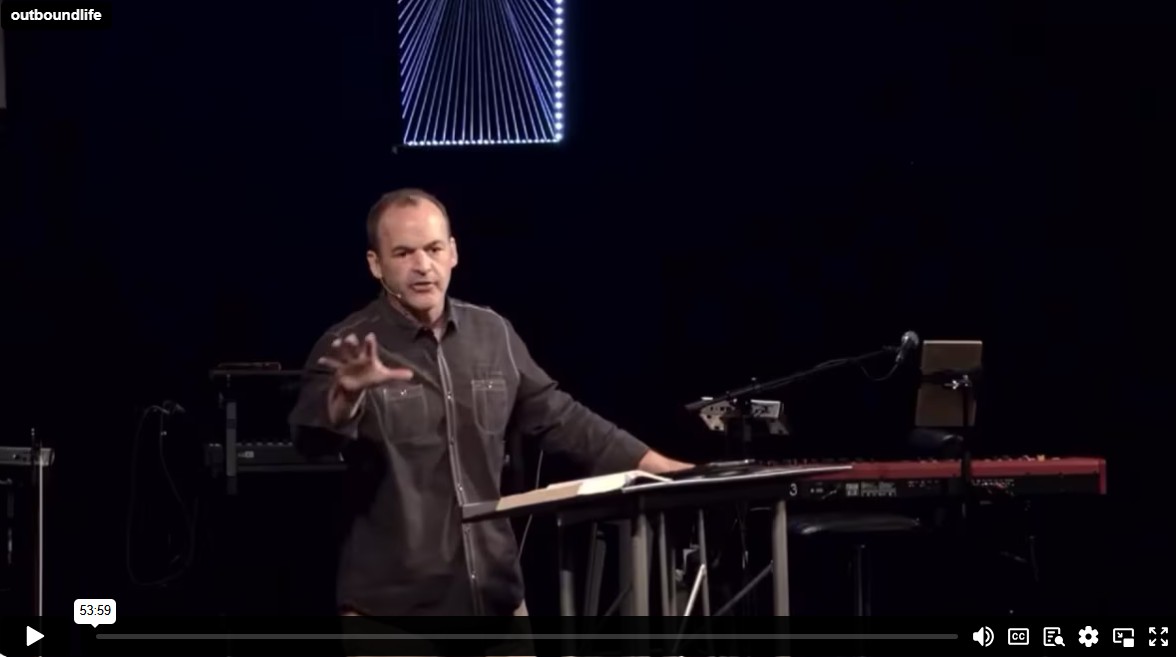“What makes a great story is often tied to the central piece, amazing characters.”
What makes up a great story? Stories have a theme, plot, setting and style. The better the story the better the components. What makes a great story is often tied to the central piece, amazing characters. The deeper you go, the more characters are found in the story. It is the characters that we live through, connect with and embrace that make it a story we do not forget. The character makes the story personal. When it is personal it becomes part of you.
Think about your favorite stories. How about the movies ET and Jaws. Can you recall what these movies were about? ET had an alien and Jaws a killer shark, right? J.J. Abrams, the producer and director on a Ted Talk, discussed the themes of these two blockbuster movies. He brings this interesting idea to the real plot, “ET is about divorce. A heart-broken divorce, a crippled family and ultimately a heartbroken kid that cannot find his way.” “Jaws is really about a guy who is trying to find his place in the world, with his masculinity, his family. How he is going to make it in this new town.” Interesting insight that reveals what helped connect these stories to our culture.
The Bible as a Story
The other day I had asked a friend a question as to why he did not like reading his Bible or praying. The look on his face was an expression of bewilderment. His answer, “what do you mean?” Now the question shocked my friend. For he considered himself a good performing Christian. We all know that good Christians love to read their Bible and pray, right? After a few minutes he opened up and shared it was taxing at times. He asked how I knew? I told him that when he shared about his faith it was often dry and mechanical, but when he told me about his girlfriend, there was a life that flowed from his stories.
I bet him that when she messaged, even when it was short, he studied every word to extract every drop from each phrase. Pausing to evaluate and process why she said it, what was she meaning, and then repeating the process. Yet, when it came to the relationship that had eternal impact, he struggled connecting to the story. He struggled relating to the main character or maybe believing the main character could relate to him.
Peter
The apostle Peter is a great character with all the flaws and determination that seemed to often go awry. Peter is a character found in the story of God’s Word. He was the man who got out of the boat and walked on water. Praised for his understanding that Jesus was the Messiah. Peter was rebuked for not understanding the purpose to why Jesus was sent. He was determined to fight to the death in the establishment of his perceived view of the Kingdom of God. His wavering could easily be seen as a struggle to measure up to another story, rather than being confident of his own.
One day Jesus calmly told Peter, “Peter you will deny me three times before the rooster crows.” He strongly disagreed to the point that when the time came for Jesus to be taken captive, he pulled a sword that led to a man’s ear being cut off. As Jesus put it back on, Peter was reminded of the big picture.
Later as Jesus was at His tribunal, Peter sat outside observing by the fire. Eagerly looking in on the character who altered his life, yet disappointed that he was not taking action on the kingdom promised. On three separate occasions he chose to deny rather than to connect with the Man who had become an intricate part of his story. When the cock crowed in Luke 22:61, “And the Lord turned and looked at Peter and Peter remembered.” Everything in his life was radically altered not by “seven steps to a better way of life” but by this person who chose him to join a journey and adventure that would alter his world. Now he had betrayed his Lord, Messiah, King and even more importantly, his friend. He went and wept bitterly.
The Connect
After the resurrection, Jesus had appeared to His disciples three times. This third account in John 21 is an amazing example of how Jesus pursues Peter into bringing him back into the story. It is very much like how Jesus invited Peter into the pack when they met for the for the first time.
Think about the relationship here. Jesus starts a camp fire and begins preparing breakfast. Jesus has been raised from the dead, glorified and now has His position as King, Savior, Redeemer, and now cook? He sees Peter and six other disciples fishing and calls them in for breakfast. Jesus, resurrected Lord, can you connect to this? Peter was supposed to be making fishers of men after the three year training course. But rather, he brought the disciples back to his accustomed world, fishing. He thought he had disqualified himself from the the story that was written with him in mind.
Invitation
After breakfast Jesus asked Peter in front of the others, “Do you love me more than these?” Awkward. The dialogue continues back and forth three times where Peter says, “of course.” Then Jesus replies, “then feed my sheep.” At the end, Jesus tells Peter to follow him, in other words re-invites him back into the story. Jesus finds away to connect Peter back to Himself. This time Jesus tells Peter what type of death he will suffer for this decision. Ponder that for a moment. It may help us understand his passion and focus as written in his two epistles.
Now here is part of the story that we need to take to heart. Peter looked over at John, who calls himself the disciple Jesus loves, and said, “what about him.” Jesus tells Peter, “If I want him to be here until I return what is that to you.” In other words, connect to me and stay in your story. A man made cookie cutter is not shaping us into one story. We each have an individual relationship with the one that invites us into a bigger picture, unless you talk to the Pharisees. The truth was Peter’s story was not the same for John. They had a different story, but joined to the same main character. It was their confidence in their own story that caused the impact on the world around them. It also allowed their partnership, Peter and John, to be free create such a great impact.
Relation to Jesus
We can now understand what Peter was later saying in II Peter 1:2-3. “Grace and peace be multiplied to you in the knowledge of God and of Jesus our Lord, as His divine power has given us all things that pertain to life and godliness, through the knowledge of Him who called us by glory and virtue.” Peter is explaining how to find yourself by knowing our Father and Jesus Christ.
The more we can relate to the main character, Jesus, we begin to find our place in the story. When we find our place, we engage into the story. When we step away from being His created pet or pawn on a chess board, we can see our real connection. Hebrews 2:17, “Therefore, in all things He had to be made like His brethren, that He might be a merciful and faithful High Priest in things pertaining to God, to make propitiation for the sins of the people. For in that He Himself has suffered, being tempted, He is able to aid those who are tempted.”
This is one of the endless things I love about Jesus, He is passionate to find a way to connect our story into His. He is patient, eager and willing to step out of His role at times to connect with us on a level that brings our heart into His. Once we make the connection, we then discover that over time our story ends up becoming seamless with His. What was made to be mundane and mandatory by conforming into another persons story, has now become an eager adventure that should capture us into eager anticipation of what is on the next page.
Identity in the Story
Our source of life and identity comes into our story to bring us into His. Now my Bible is not a handbook but a mirror and a story. A story to be lived. It is no longer a manual to successful living, but an adventure together with God, my Savior, friend and Father. We also find ourselves engrossed in the story eager to see what is on the next page.
Blog “Perception and Truth”
Podcast “The Science Behind Stories”



